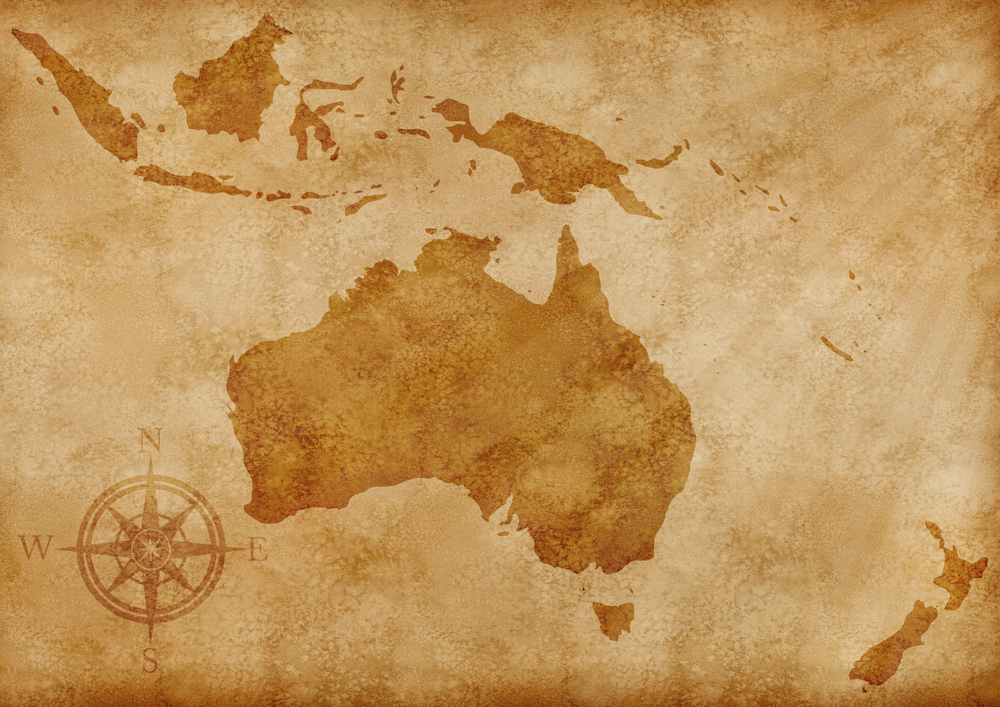New Leaders, New Summit, New Goals

Please note that we are not authorised to provide any investment advice. The content on this page is for information purposes only.
On 1 November 2015, the leaders of East Asia’s three main powers gathered together to hold the sixth Republic of Korea–China–Japan (KCJ) Trilateral Summit in Seoul, the Republic of Korea (ROK).
On 1 November 2015, the leaders of East Asia’s three main powers gathered together to hold the sixth Republic of Korea–China–Japan (KCJ) Trilateral Summit in Seoul, the Republic of Korea (ROK).
It was not only the first trilateral summit since the leadership changes in all three countries, but also a significant one aiming to ‘build permanent peace, stability and co-prosperity in the region’ and ‘continue to develop trilateral cooperation unwaveringly’. After three years of stalemate, a new chapter is finally open in trilateral cooperation, yet how sustainable this is still remains a key question in the absence of strong institutional foundations.
After the first independent trilateral summit in 2008, ROK, China, and Japan made an unprecedented historic move by agreeing to institutionalise trilateral cooperation. At the third trilateral summit in Jeju Island, ROK, the countries agreed to establish the Trilateral Cooperation Secretariat (TCS). In 2011, less than two years after the agreement, the Secretariat opened in Seoul. Considering how the historical baggage of mutual distrust still lingers in trilateral relations, this was a bold and momentous decision that changed the landscape of trilateral relations.
Despite strong political commitments by previous administrations, trilateral relations deteriorated under the new administrations of all three countries. Alongside struggles for regional influence and power, bilateral tensions over territorial and historical disputes are often cited as the main obstacles for greater trilateral cooperation. However, these ostensible disputes have also been about legitimatising domestic politics and widening the domestic support base.
Japanese Prime Minister Shinzo Abe, who assumed office in December 2012 for the second time, was under immense pressure to revive the economy and the spirit of national pride after two decades of stagnation. Since he took power in 2012, Chinese President Xi Jinping has been occupied with solidifying the credentials of the Communist Party amid a slowing economy. In the ROK, the issue of ROK–Japan relations has long been used for domestic political gain. This has intensified under the current administration, led by President Park Geun-hye, as the Abe government’s especially colonisation and ‘comfort woman’, as well as Japan’s new security policy have fuelled tensions. In their path towards strengthening domestic support, all three countries found that scapegoating their neighbours was a useful political card.
KCJ is not only the third largest economic region following the NAFTA and the EU, but also an emerging centre of gravity in the new century. Given the economic and geostrategic importance of the region, trilateral cooperation has immense potential to bring about lasting peace and co-prosperity, and to foster sustainable and deeper regional integration in East Asia. However, the intensification of China–Japan and Japan–ROK bilateral tensions led to the eventual stalemate of the Trilateral Summit and Trilateral Foreign Ministers’ Meeting in 2013 and 2014 respectively. This revealed how the fragility of the institutional foundations could undermine trilateral cooperation.
On the upside, trilateral intergovernmental meetings in less politically sensitive areas — environment, disaster management, and trade — have continued despite the diplomatic deadlock.
The plan now is to meet in Japan in 2016. The three countries agreed to revive the annual trilateral summit and improve trilateral relations by ‘facing history squarely and advancing toward the future’. Such verbal and written pledges to restore trilateral cooperation are welcome. However, to prevent another retreat, this needs to be accompanied with stronger institutional foundations, which will help to form a habit of consultation and cooperation.
As the first trilateral cooperation mechanism, the TCS holds the most promise of solidifying the institutional framework in the region. Currently, the TCS functions as a secretariat that supports trilateral consultative mechanisms and facilitates cooperative projects. It carries out its functions and activities under the supervision of the three governments.
However, according to Ambassador Shin Bong-kil, the first Secretary-General of the TCS, the authority to ‘plan’ and ‘coordinate’ cooperation will have to be granted to the institution. The independence of the Secretariat must be guaranteed as well. Yet mutual trust would have to be built before the three countries feel comfortable enough to strengthen the role of the TCS in addressing regional challenges and coordinating trilateral cooperation.
KCJ are facing one of those rare moments when they finally can rewrite their shared history. Fortunately, the November summit reaffirmed ‘support for the capacity-building of the TCS’. However, what exactly ‘capacity building’ entails remains to be seen.
Ambassador Shin once said that institutionalising trilateral cooperation would have been impossible if there had not been strong political will by the leaders to pursue closer trilateral cooperation. Perhaps, now that strong political will is needed again in ‘Northeast Asia’s turbulent triangle’.
Where to now for ROK–China–Japan trilateral relations? is republished with permission from East Asia Forum




